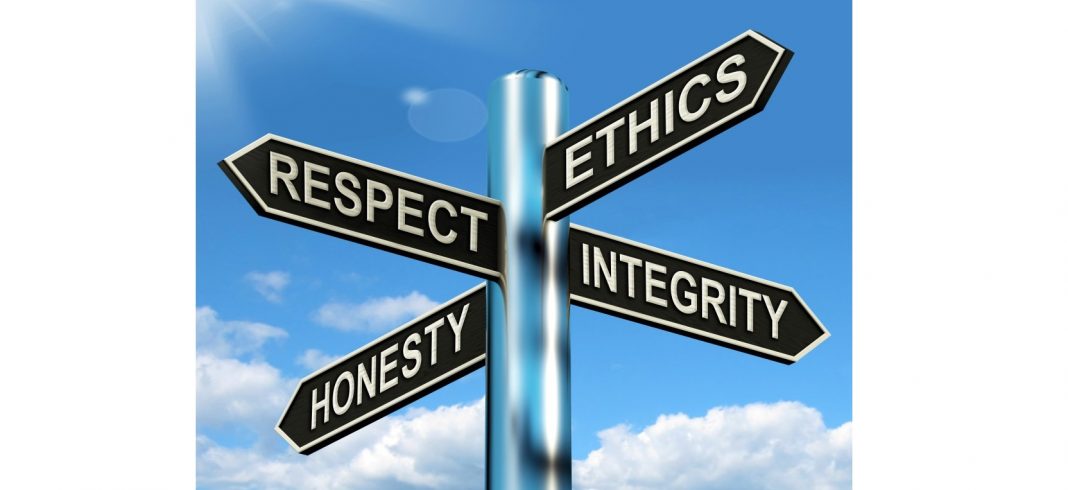Fuente: Consultancy Europe
The chief executive officers of large companies are more than ever being sacked for lapses of integrity. In almost 40% of the cases, fraud, bribery, insider dealing or sexual misconduct are the main drivers behind an involuntary exit.
The finding comes from a report by Strategy&, the strategic consultancy wing of global accounting and advisory giant PwC. The researchers have been keeping track of CEO successions at the globe’s 2,500 largest publicly-listed companies (in terms of market capitalisation) since the year 2000.
The most recent data analysed, that of 2018, shows that the number of CEO departures has reached a record level. Nearly 18% of all chief executives were replaced in the past year, up from 12% in 2010. According to Strategy&. there are three main reasons why chief executive officer are facing a rapidly mounting pressure.
First, the share of planned departures, CEO’s for which it is beforehand known and planned that they will be leaving, for example due to reaching their pension age or having served a maximum number of terms in the office, has grown to the highest level since the start of the research series at the turn of the century. Examples of top CEOs that departed through this ‘regular’ way include Lloyd Blankfein, who led Goldman Sachs for 12 years before resigning and passing on the baton to chief executive officer David Solomon; and Ian Read, who lead one of the world’s largest pharmaceutical companies, Pfizer, for eight years before stepping down last year.
Other notable examples include the stepping downs of Unilever boss Paul Polman (the Dutchman was succeeded by the Brit Alan Jope) and former Ahold-Delhaize chief executive Dick Boer, who passed on the reins to his Belgian colleague Frans Muller, in an exchange of leadership that was agreed when the two supermarket concerns merged back in 2016.
In the US, Pepsi’s CEO Indra Nooyi – one of the mightiest women in business (Pepsi generates revenues of $65 billion) – stepped down after 12 years in the top role, replaced by Ramon Laguarta, and transitioned into the role of Pepsi’s Chairman.
The second reason has to do with growth in the number of forced exits as a result of a merger or acquisition. An exit can follow from a chief executive’s decision to voluntarily step down, or from a logical move when one of the two leaders is requested to take a step back – having two captains on a ship is for most merged companies an undesirable situation. Such cases account for around 11% of all CEO departures, with the number higher than a few year ago on the back of a hot mergers & acquisitions market.
Thirdly, the category of forced departures. In the most cases, forced exits are the obvious consequence of poor performance. Matthias Müller, the top boss of German automotive giant Volkswagen, was forced out of his job following the revelations of Volkswagen’s diesel emissions scheme – a scandal that embarrassed the German automaker and cost the company more than $15 billion in fines and compensation.
Per-Ola Karlsson, a Middle East based partner of Strategy&, added that succession pressures should not be underestimated. Newly promoted CEOs succeeding successful predecessors have large shoes to fill. “Successors typically both deliver lower returns to shareholders and are noticeably more likely to be dismissed than the legend they succeeded as well as their peers.”
Western Europe is one of the fiercest battlefields for chief executives, show the results of Strategy&’s study, with an above average number of forced exits. Meanwhile, in the BRIC countries – Brazil, Russia, India and China – this percentage was rather low. From a sector perspective, the number of forced departures was highest at companies in the media and entertainment and industrial sectors.

A feat of all times
While forced exits has been a feat of all times, notable is the staggering growth in integrity-related departures. “Over the past ten years, the percentage of CEOs who had to leave because of an integrity issue rose sharply, from 10% in 2008 to 39% in 2018. That makes 2018 a major outlier, far above the average of 21% over those ten years,” explained Marc Hoogenberg, a Partner at Strategy&.
Examples of misconduct have dominated the headlines. Martin Sorrell, the former chief executive of one of the world’s largest advertising and marketing companies WPP, who ran the company for 33 years, fell from his throne last year in the wake of financial misconduct and several other mysterious allegations. And in the United States, Les Moonves, the CEO of the influential TV-channel CBS had to step down when a dozen women came forward accusing the CEO of instances of inappropriate behaviour and sexual assault that date back as far as the 1980s (the 68-year-old Moonves denies the allegations however).
“In the past year there have been various examples of circumstances that concern the CEO personally, such as (suspicion of) fraud and sexual harassment. Social media, and the #MeToo movement that started in October 2017, are playing an increasingly important role in this development,” said Hoogenberg. According to the consulting firm, the role of social media will only increase in the coming years.
Another trend leading to more scrutiny on chief executives is the rising demand from stakeholders – internal and external – for transparency in conduct, and the need to correct poor behaviour. “Malpractices and abuses that surface through controls can lead to the forced departure of a CEO, as they are ultimately accountable for operations.”
According to a recent analysis by Grant Thornton, growing focus on diversity and MeToo has lifted the number of women in leadership positions to a record level.












